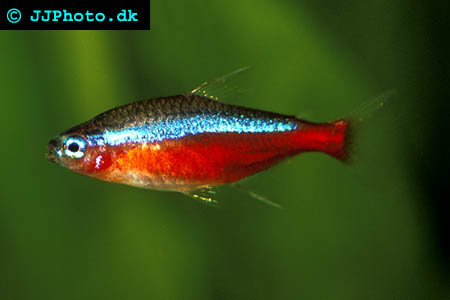Tag Archives: Brazilian rainforest
Buy a fish, save a tree?
Wild-caught pets are often recommended against, since the harvest of wild caught specimen may deplete wild populations. In the Brazilian rainforest, the harvesting of popular aquarium species such as cardinal tetras have however helped prevent deforestation and made it possible for local residents to earn a living without resorting to logging, mining, cattle ranching, and slash-and-burn agriculture.
“All this is very counter-intuitive,” says Scott Dowd, an Amazon biologist at the New England Aquarium who has been researching the dark acidic waters of Rio Negro, a major Amazon tributary in Northern Brazil, for the past two decades. “You would think biologists would not want to take fish out of the rainforest. But the fish are the key to miminizing deforestation. The people’s other economic options – timber harvest, cattle ranching and gold mining – are environmental disasters.”
The Rio Negro region has been a major fish exporter for over half a century and 60 percent of local populations rely in this source of income for their sustenance. Since deforestation is known to be detrimental to the survival of financially valuable fish species like the cardinal tetra fish, the Brazilian government has protected the Rio Negro rainforest from logging and burning – at least until now. The situation may be about to change dramatically as more and more aquarium shops switch from wild-caught fish to farm-raised specimens. Wild-caught specimens are used to the dark, soft and highly acidic water conditions of Rio Negro, while farm-raised fish tend to be acclimatized to common tap-water conditions (i.e. clear water that is not very soft or acidic) and therefore easier to keep.
To prevent the market for wild-caught Rio Negro fish from collapsing, Dowd is participating in a “Buy a Fish, Save a Tree” campaign. “The local fisheries look like they are headed for collapse”, Down explains. “But there’s hope that this threat can be addressed. If you ask fish hobbyists if they care about the environment, a very high percentage say they care about it deeply.”
Dowd hopes that the “Buy a Fish, Save a Tree” branding will help Brazilian fish harvesters to benefit from the growing trend of cause labelling, such as Fair Trade and FSC (Forest Stewardship Council).
Another important step in making wild-caught Rio Negro fish a popular alternative to farmed-raised specimens is to adapt them to normal aquarium conditions, and the New England Aquarium is therefore helping local fishermen to efficiently acclimatize wild-caught tetras to a pH-value around 7.0.
Dowd also hope to take advantage of the Internet, by assigning lot numbers to every batch of aquarium fish caught in Rio Negro. “Imagine if you could go online and see a video of the actual fisherman who caught your tropical fish, says Dowd. “I want hobbyists to know directly how their choices can affect people thousands of miles away and how they can make a contribution to saving the rainforest. Things don’t look good, but we can begin to turn all of this around.”
